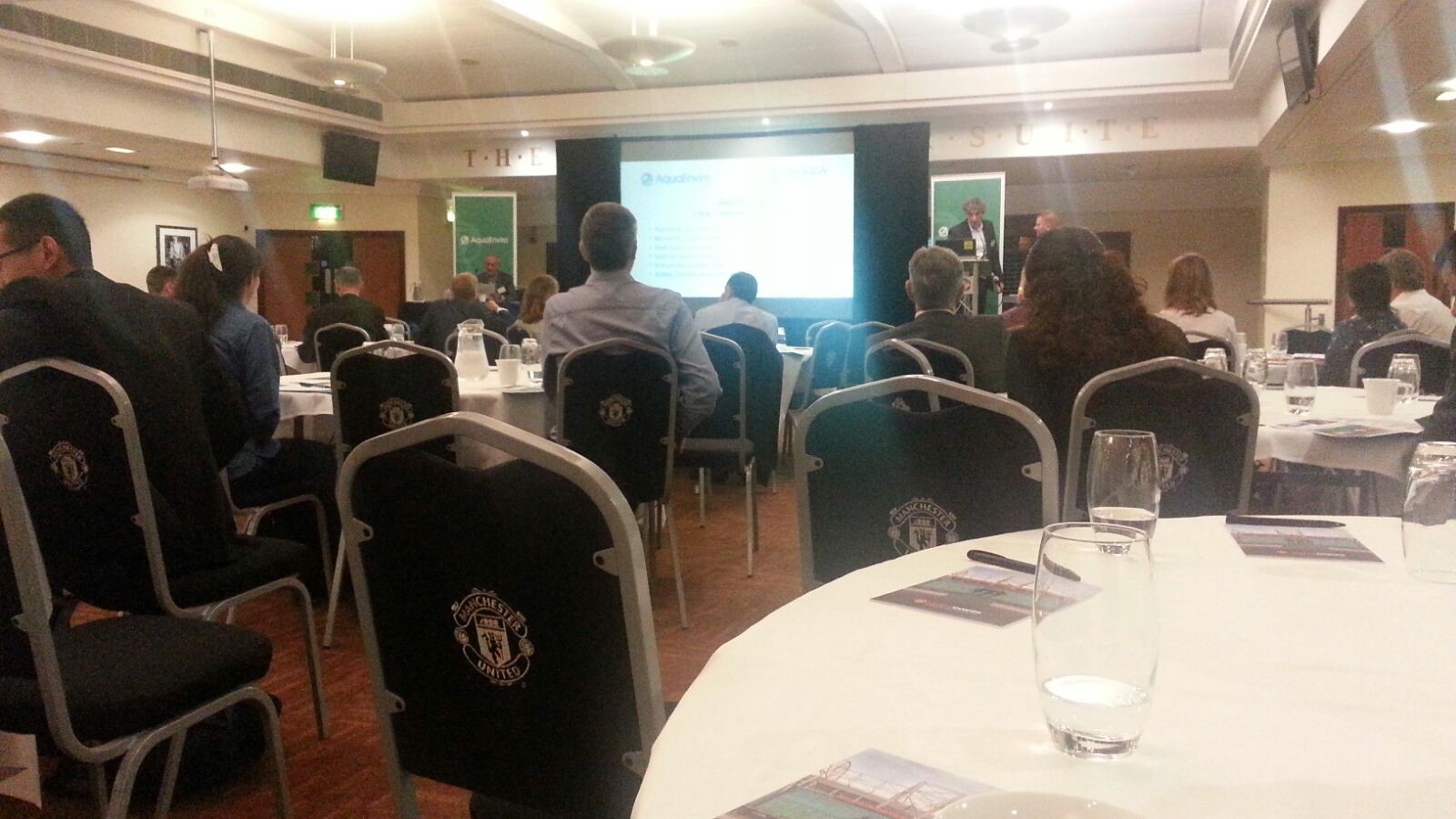The following post was contributed by Ana Lanham, Lecturer in Water Science and Engineering in the Department of Chemical Engineering.
Phosphorus management is an imminent and very serious issue considering the fact that it’s both an irreplaceable and vital nutrient and one of the main contributors to eutrophication of water bodies across the UK and in the world.
Controlling phosphorus levels in treated wastewater discharges is increasingly becoming vital to the UK Water industry as regulatory limits are dropping from 1-2 mg/L to 0.5 mg/L in the current Asset Management Plan (AMP6) and potentially to 0.1 mg/L in AMP7.
With these challenges in mind, AquaEnviro organised “The BIG Phosphorus Conference and Exhibition – Removal & Recovery”, held in Manchester on the 4th and 5th of July 2017, bringing together close to 200 participants from industry, consultancy, policy and academia to discuss the latest challenges, potential solutions and innovative technologies.

The sessions were split between two plenary sessions and various sessions on P removal, Control and Monitoring, Catchment control, Case-studies and Operational experiences and P Recovery. Keynotes were delivered by Pete Vale from Severn Trent, one of the leading UK Water Utilities in terms of technologies for P removal, Narinder Sunner, from the consultancy MWH currently based with Thames Water, Simon Leaf from the Environment Agency and Chris Thornton from the European Sustainable Phosphorus Platform. Pete delivered insights into the most recent results of the UK’s National Phosphorus Trial that is undertaking a series of pilot testing of tertiary treatment technologies to achieve low levels of P removal, whilst Narinder focussed on the challenges faced by the UK Water industry in order to be prepared for low phosphorus consents with a key message on investing in training and improving the efficiency of our current assets and being fully aware of the operational expenses of further tertiary technologies.
I gave a talk on the current developments in terms of using metabolic models to improve the operation and the design of Biological Phosphorus Removal Systems. The current DNA revolution is allowing us to gain phenomenal insights into the identification of the key organisms that are involved in our biological wastewater treatment processes. We can finally start to move away from black-box approaches to design and control bio-P processes and begin to use more comprehensive and universal models based on the individual characteristics of the organisms that are present in these systems. Although these models are still under development, as we gain a greater knowledge on who are these microbes and what they are doing, in the next decade we will see great improvements in the efficiency and control strategies of current processes with significant gains in managing the carbon load, P removal efficiency, aeration etc.
Respond
